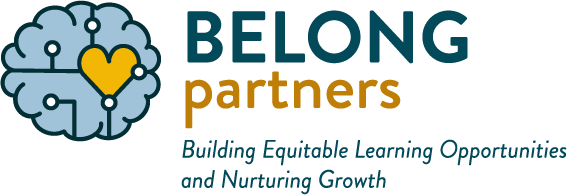Contributed by Jody McVittie, MD.
You can probably remember the last time you were talking to your child knowing that your child was not taking in everything you said. Sometimes we adults just say too much. Why? Probably because we care. We want to make sure our children are well-behaved, don’t hurt others and we want to protect them from future embarrassment, disappointment and failures. And … maybe we want to protect ourselves too – from our embarrassment or sense of failure.
With all these good intentions why don’t our children listen? Maybe it is for the same reason that we don’t stop talking! Because, in that particular moment, they can’t. They are overwhelmed either by our words or by their own emotions. They aren’t able to self-regulate enough to think, “My parent is really a very caring parent. I’m receiving this mini lecture because he/she wants me to learn to have better manners (not hit my sister, not whine etc.)”
Self-regulation is the ability to respond to the environment appropriately using your thinking brain. That means that you can manage your internal experience to stay aware of both what is happening on the inside and the outside. You can control your impulses and respond either by refraining from doing something that you might feel like doing or doing something that you might not feel like doing. Research shows that a child’s ability to self-regulate is a more robust predictor of long-term success than academic achievement. Self-regulation skills develop gradually over time so it is important not to expect the same ability from a 3-year-old as from a 7-year-old.
And self-regulation can be taught. Here are some tips for teaching self-regulation:
- Use language to name your emotions and the emotions of your child. Some families even put pictures of faces demonstrating different feelings on their refrigerator or wall to help children learn new words and to be able to name their emotions.
- Move. Rhythmic activities such as walking, singing, dancing, running, and drumming can increase self-regulation. These activities are especially helpful when the rhythm is regular and not too fast. Games like “Where are your elbows?” also help teach body awareness which in turn improves self-regulation.
- Understand that self-regulation decreases when you are tired or over-stimulated. That is why all of the tempting things are at the check out aisle at the grocery store: your ability to not buy that chocolate bar is lowest after you have been surrounded by all the sights and sounds of the grocery store. Your children too will be less self regulated when tired.
- Teach your child to take “Time In”
- Model calming yourself down. Children learn to regulate their feelings, thoughts and behavior by watching how you regulate yours. Practice deep breathing when you are about to flip your lid. Use time-ins yourself as well.
Have you tried these techniques? We’d love to hear about it! Tell us in the comments or connect with us on our Facebook page or our Google+ page to share your story.
Image credits:
“Calm This Way” photo by Amanda Hirsch licensed under CC BY 2.0

